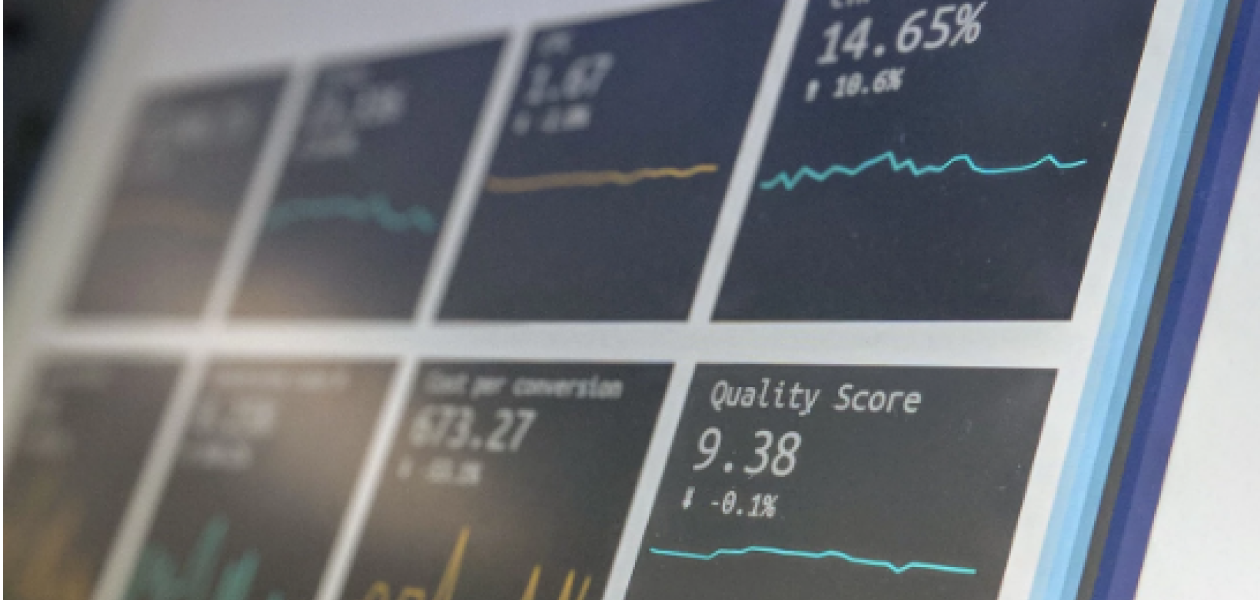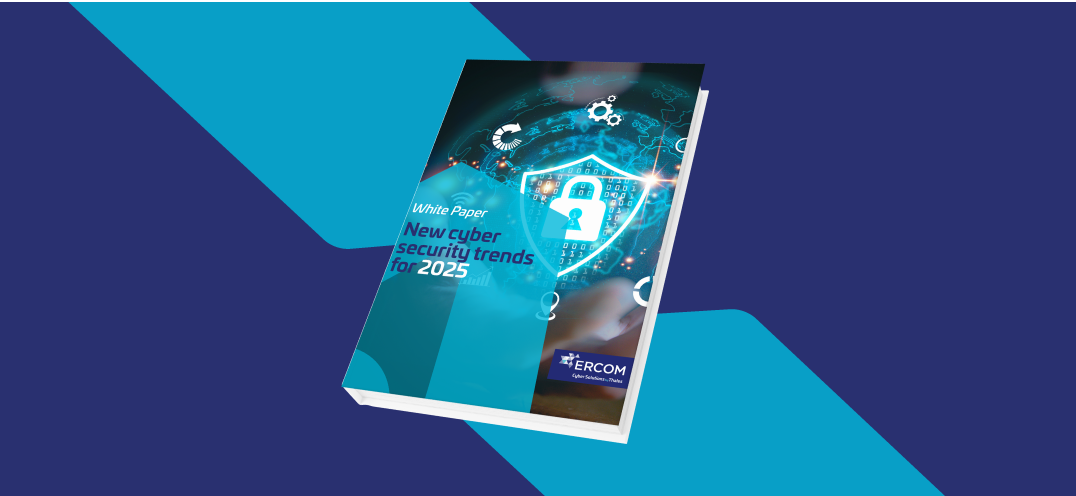Smart cars: Convergence is coming! [2/3]
Discover in this article, how the convergence is coming with smart cars
We have discussed in a previous post the probable levels of evolution for automotive vehicles with new automatisms and the Internet of things. Let’s dive further into the level 3 of evolution, concretely implemented and tested with the “Google car”.
The progressive shifting from existing technologies (level 1 and 2 described in the previous post) towards more automation is now possible thanks to already known and mastered features (such as rain or snow sensors and cruise control) in addition to a communication system between vehicles and an infrastructure, which is the road network and its traffic.
For the experiment to work properly, The road infrastructure should then be equipped with sensors and communicating automatisms: red lights should be able to communicate with vehicles, road sensors should be able to detect rain or snow, road borders should have sensors… With “vehicle to infrastructure” communication, the experiment approaches level-3 automation, but is not there yet. To effectively reach that level, communication between traffic vehicles should be added.
This “vehicle to vehicle” communication is mandatory for traffic regulation and accident prevention. As a matter of fact, insurances have perfectly understood it and are contributing to the reflection on theses systems*, based on Google’s statements: smart vehicles technology might reduce road accidents by 90% and the time and energy loss they induce altogether, which could yield 2,000 billion dollars savings per year for the USA in 20 years! This is not insignificant… But these cascaded reductions will for sure shake the insurance business.
To reach level 4 of complete vehicle automation, more challenges have to be solved: the whole road infrastructure or part of it is to be equipped, and the same goes for urban and suburban areas. Sensors and smart vehicles convergence through dedicated or shared networks. Using current devices (smartphones, tablets, etc.) as transitive tools for the future technological milestones, etc. It will then take many years (20, 30 years?) but for sure, it is indeed a technological revolution related to the Internet of Things that will take place before our eyes.
This revolution will have impacts on sectors we already know (Car manufacturers, insurances, parts manufacturers) but also on other businesses, hard to quantify for now, since the very definition of social life will be shaken and changed, and we will have to change the way we perceive the world… Under the condition that communication technologies follow this process. How? That’s what will be discussed in a following post…



